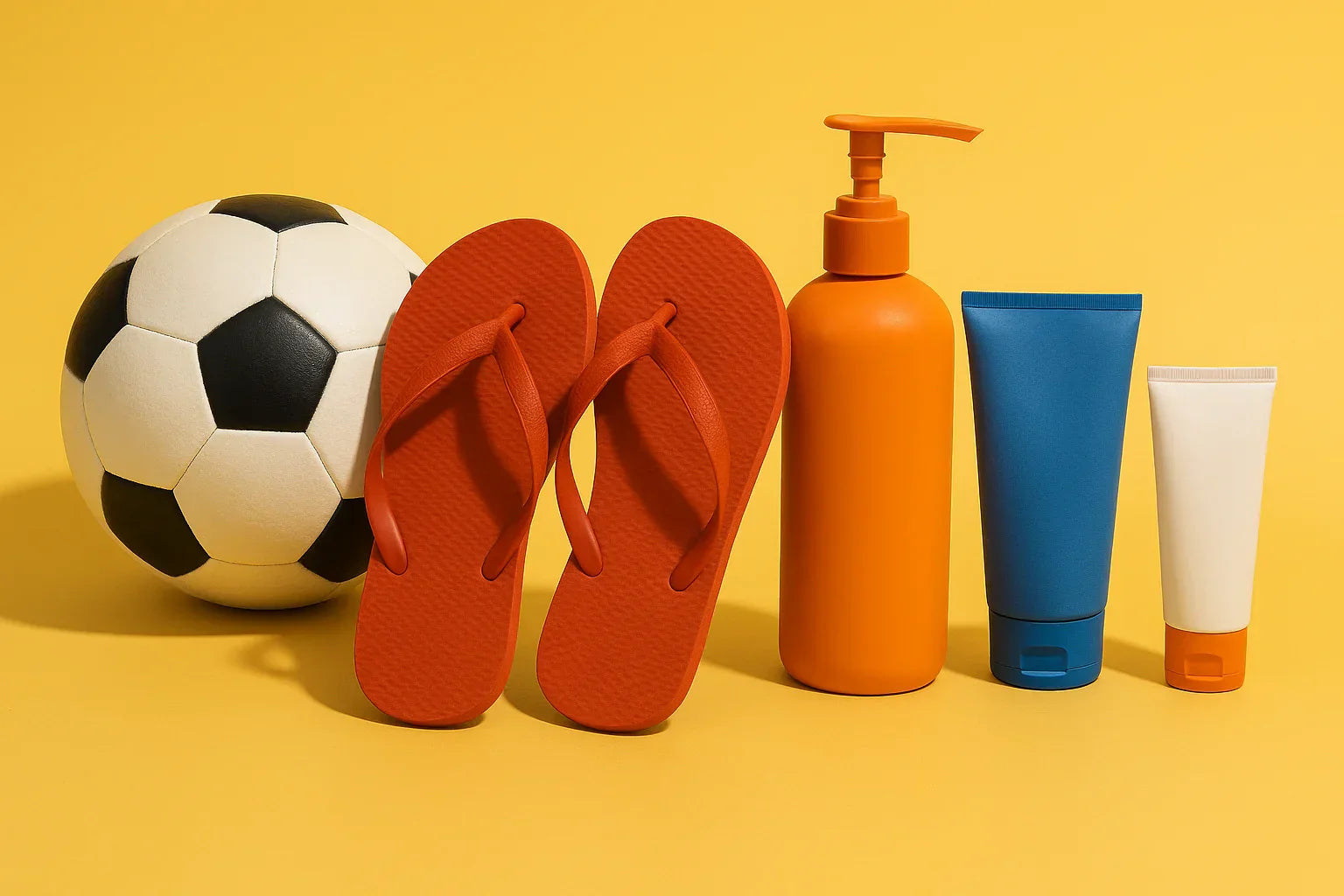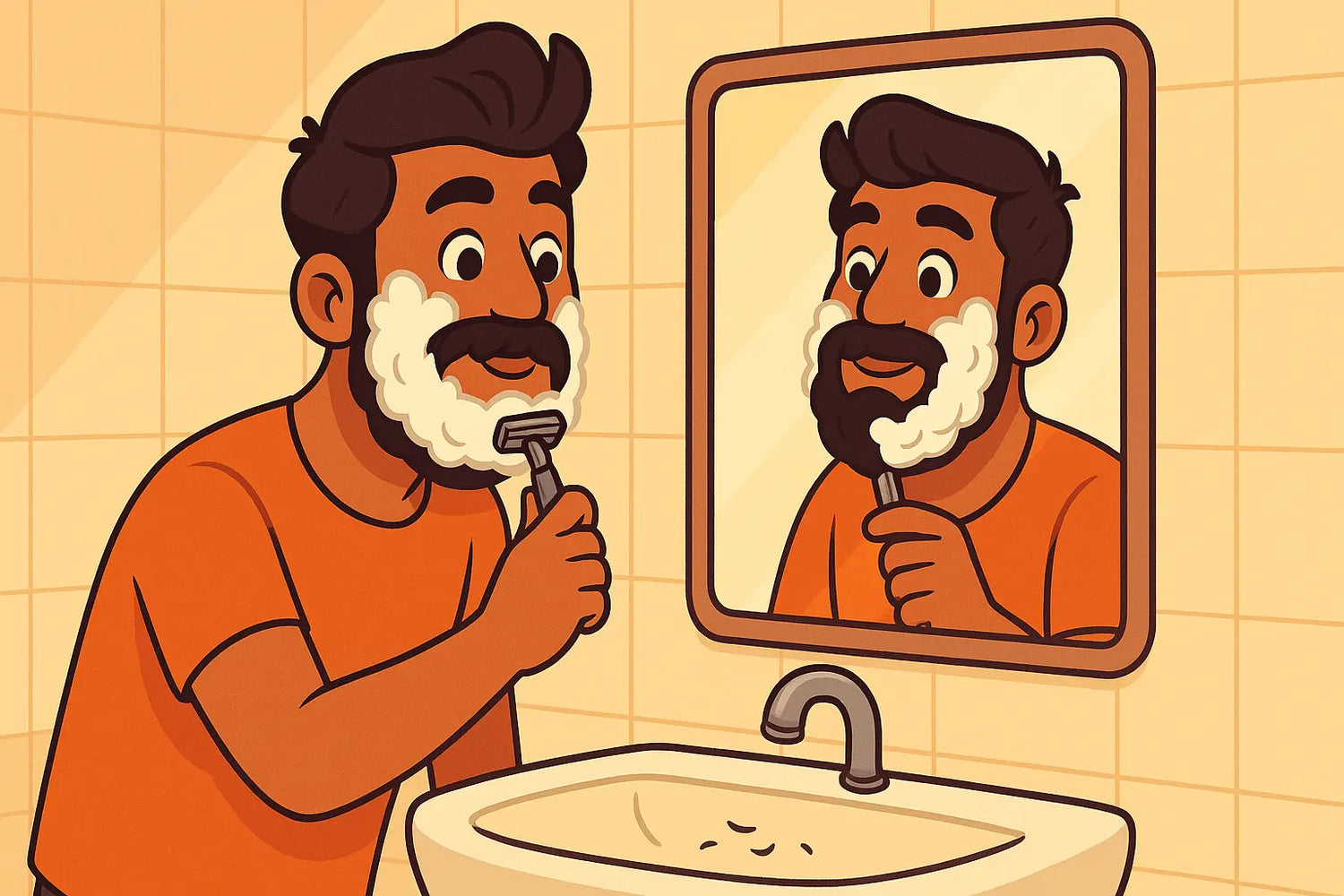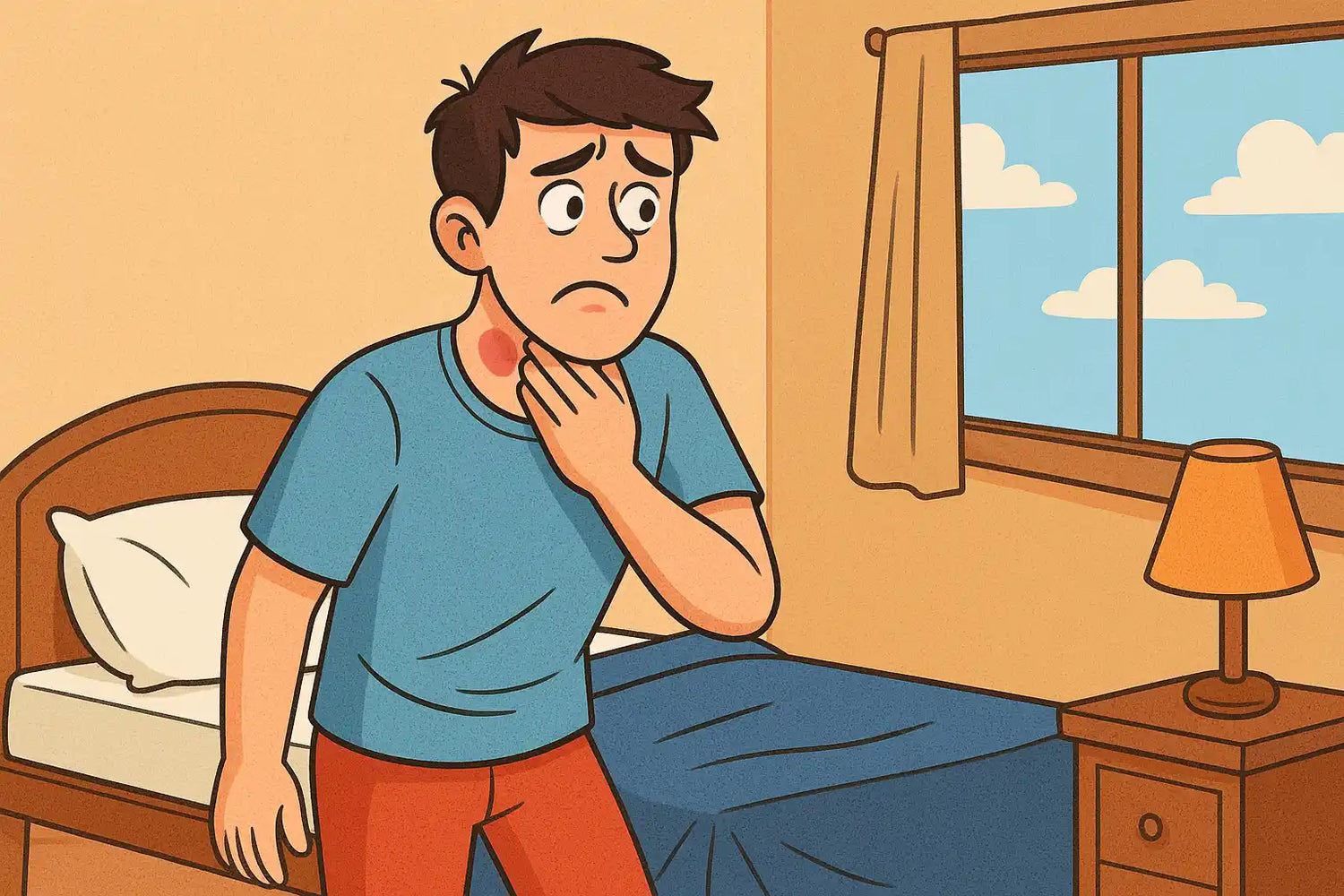Sunscreen ka bhi Label Padhega India.
Honestly, most of us don’t think twice before picking up sunscreen. If it says SPF 50 and doesn’t feel greasy, it’s a win, right? Not quite. Those tiny terms on the label – SPF, PA+++, UVA, UVB – aren’t just jargon. They’re telling you exactly how well your skin is being protected.
This quick guide breaks it all down, so the next time you reach for sunscreen, you know what’s going on your face.
Types of UV Radiation
Sunlight is made up of different types of ultraviolet (UV) rays, primarily UVA, UVB, and UVC. UVC is blocked out by the ozone layer, so we don’t have to worry about it. UVA rays have the highest wavelength and can penetrate our skin more easily than UVB rays, but carry lower levels of energy. Around 95% of the UV rays that reach the Earth's surface are UVA.
Exposure to UVB rays can cause sunburn and tanning, while UVA impacts your skin in the long term. UVA rays contribute to wrinkles and early ageing since they cause damage deeper into the skin.
Put simply:
UVB = B for Burning
UVA = A for Aging
What is SPF and Why It Matters
SPF stands for Sun Protection Factor. It tells you how well the sunscreen protects your skin from UVB rays.
Here’s what the numbers mean:
- SPF 15 filters about 93% of UVB rays
- SPF 30 blocks around 97%
- SPF 50 blocks approximately 98%
So no, SPF 100 isn’t double the protection of SPF 50. It’s just a slight improvement. In most day-to-day use cases, SPF 30 should suffice, but SPF 50 is ideal to ensure all-round protection.
PA Rating: The Forgotten Shield
While SPF handles UVB rays, the PA system measures protection against UVA rays.
The PA rating uses plus signs to show strength:
- PA+ offers some UVA protection
- PA++ offers moderate protection
- PA+++ offers strong protection
- PA++++ offers extremely high protection
If your sunscreen doesn’t mention PA at all, it might not be giving you UVA protection. Dermatologists recommend protection against both UVA and UVB rays, often noted as "broad spectrum" on your sunscreen.
Chemical vs Physical Sunscreen Filters
Sunscreens use active ingredients that fall into two categories:
- Physical (Mineral) Sunscreens use ingredients like zinc oxide or titanium dioxide to reflect UV rays. They sit on top of your skin and are effective immediately but can leave a white cast
- Chemical Sunscreens absorb UV rays and convert them into harmless heat. They feel lighter, absorb quickly, and are usually invisible on the skin
Both are effective. The right one depends on your skin type and lifestyle. If you want something lightweight and invisible, chemical formulas are generally the go-to.
Key Takeaways Before You Buy
In general, SPF 30–50 is ideal for Indian men and PA+++ or higher ensures strong UVA protection. Look for broad-spectrum labels (UVA + UVB) to cover both aspects. Additionally, choose a texture that fits your skin type and is lightweight, non-greasy, and easy to reapply.
Your skin deals with enough already – pollution, late nights, stress. Sunscreen is your everyday defence, not just a beach-day product. And now that you know how to read the label, you’re one step ahead of most.





